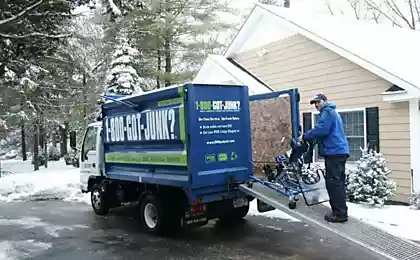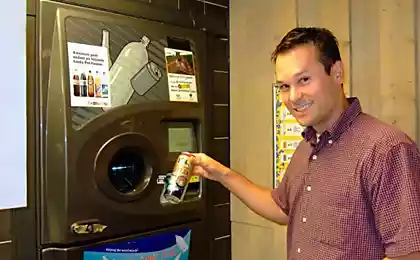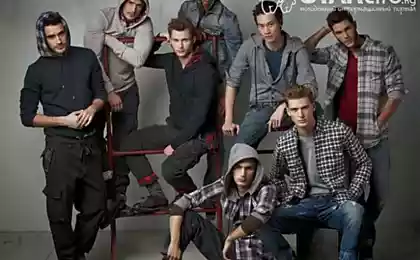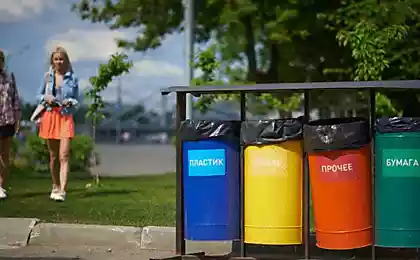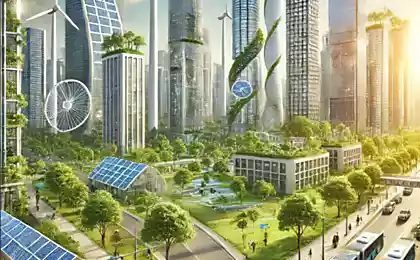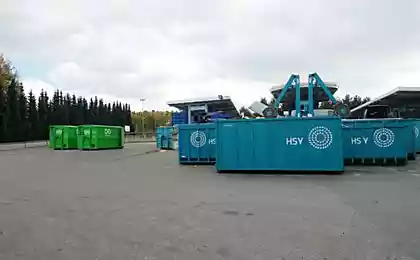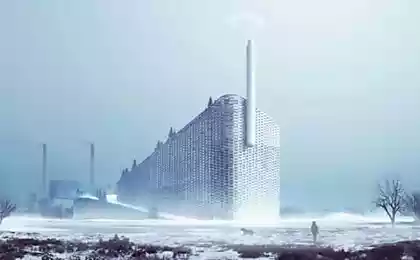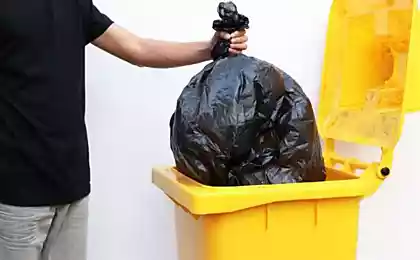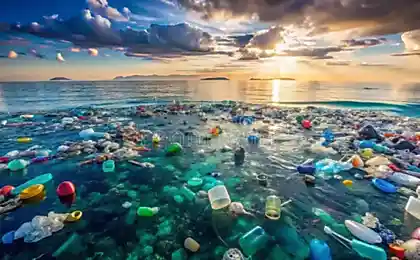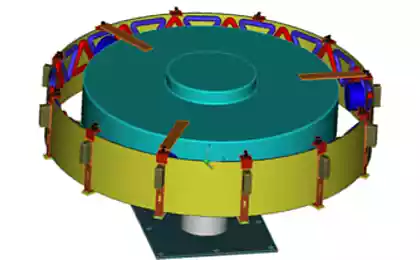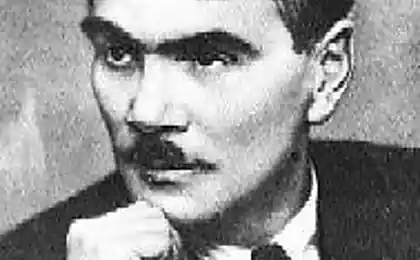173
A boy from a slum created a power plant out of garbage: a story that inspires

How a 14-year-old lit up an entire neighborhood
This story took place in a poor area of Africa, where access to electricity is still a luxury for many people. A 14-year-old teenager named Kamu, who lives in a slum, saw the problem his friends and family faced every day - the lack of light after dark. Despite all the difficulties, Kamu managed to create a small generator using garbage and waste and light up his area. His invention was a miracle and gave hope to many people.
Kamu had no expensive tools, no special equipment, only a desire to change the lives of people around him. He spent his time studying scraps of metal, plastic bottles, batteries and other materials he found in landfills. Kamu managed to create a generator that works on recycling and illuminate several houses in his neighborhood, surprising neighbors and attracting the attention of local journalists and activists.

Step-by-step instructions for creating a generator
The generator created by Kamu is a simple and efficient way to show how waste can be used to generate energy. The following is a general principle for creating such a device to produce a small amount of electricity:
- Material collection: Find some old batteries or batteries, copper wires, metal debris, a magnet and plastic bottles. These materials will help create a basic generator.
- Creation of the rotor and stator: Take a plastic bottle and attach a few magnets to the inside. They will play the role of a rotor rotating inside the stator (a metal wire wound onto the frame).
- Wire winding: Use copper wires and wrap them around a bottle of magnets. As the rotor rotates, it will create a magnetic field, and a current will arise in the wire.
- Use of a handle or pedal: To create mechanical energy, you can attach a handle or pedal to the rotor to rotate it manually or using improvised means.
- Battery connection: The result of rotation of the rotor will be the generation of electricity, which can be sent to the battery or battery for storage.
This process creates energy, albeit in small amounts. A more efficient generator will require more powerful materials and components. But such a model could be useful in regions where access to electricity is limited, and is a great example of how even simple waste can be used wisely.
Simple Ways to Get Energy from Waste
In addition to creating generators from garbage, there are other ways to get energy from waste. Here are some of them:
- Biogas from organic waste: Organic waste, such as food residues or plant waste, can be processed into biogas, which is used for cooking or lighting. Biogas installation is quite simple and affordable for construction even at home.
- Solar ovens: Although a solar oven does not generate electricity, it saves energy by replacing cooking fuel. You can create a solar oven from ordinary foil and cardboard box.
- Compost pits: in the process of decomposition of organic material in the compost pit, heat is released, which can be used to heat small rooms or greenhouses.
- Installation for plastic processing: Plastic can be recycled and reused. In some countries, people have created plastic waste melting devices that can be used to create products for sale and construction.
Advice on the development of creative thinking
Kamu proved that even in difficult conditions, you can find creative solutions and change the world for the better. Here are some tips to help develop creative thinking and the ability to find innovative approaches to problem solving:
- Look for inspiration in everyday life: Kamu came up with his idea while watching the problems of his neighborhood. Try to notice what problems exist around you, and think about how you can solve them with simple means.
- Experiment with materials at hand: Limited resources encourage creativity. Use what is in your surroundings to find new uses for familiar things.
- Don't be afraid of mistakes: Mistakes are an integral part of the creative process. Kamu tried and failed until he succeeded. Failure teaches us what works and what doesn’t.
- Learn from others: Inspiration can be drawn from other people’s stories. Study success stories and find ideas that can be adapted to your needs.
- Challenge yourself: Try to come up with a solution using just a few available materials. This will force you to find non-standard approaches and develop effective methods.
Conclusion
Kamu’s story shows that with determination and creativity, even with limited resources, big changes can be made. His garbage generator became not only a source of energy, but also an inspiration to people around the world. If each of us begins to look for new ways to solve problems, relying on available resources and developing creative thinking, then a more sustainable future can be created.
This story shows that even young age and difficult conditions can not become an obstacle to success, if the desire to change the world for the better burns in the heart. Kamu has set an example for thousands of people, proving that big change begins with small steps and a desire to make life brighter.
The Mystery of Japanese Longevity Revealed: An Ancient Recipe That Will Change Your Life
The secret technique of Shaolin monks: How to Develop Supermemory in 21 Days

